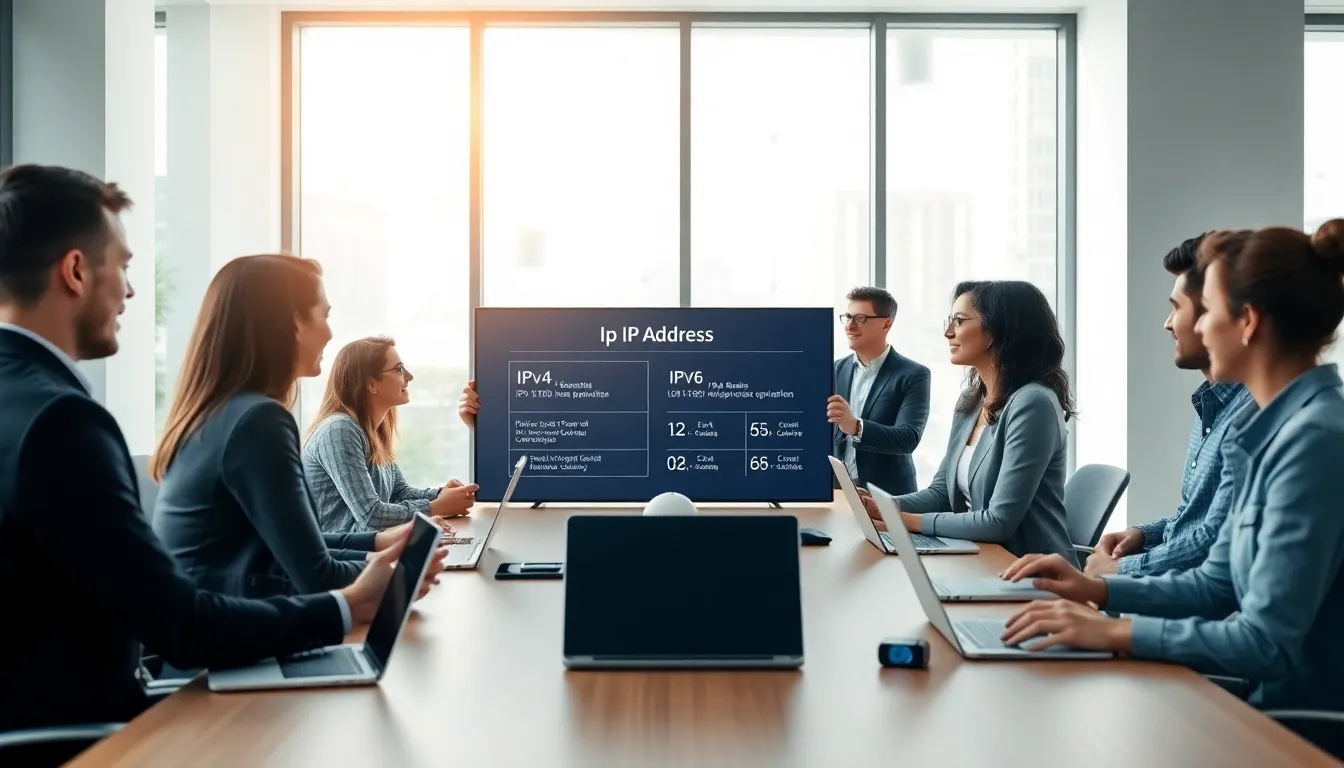Ever wondered what all those numbers mean when you connect to the internet? Well, the number 103.231.4.11 might not ring a bell, but it has a story worth telling. In the grand scheme of the digital universe, this numerical address is more than just a random string of digits. It’s crucial for navigation in the online world and plays a significant role in how we interact with digital content. Buckle up. We’re diving into the nitty-gritty of IP addresses, why 103.231.4.11 matters, and what to watch out for when dealing with them. Let’s turn this technical talk into something digestible, if not downright entertaining.
103.231.4.11

An IP address is essentially your device’s home address on the internet. Just as your home has a unique address to receive mail, every device connected to the internet requires an IP address to send and receive data. It allows devices to locate each other, ensuring information makes its way to the right destination.
There are two versions of IP addresses: IPv4 and IPv6. IPv4 consists of four sets of numbers ranging from 0 to 255, separated by periods, like 192.168.1.1. In contrast, IPv6, developed out of necessity due to the ever-expanding internet, uses longer strings of hexadecimal numbers. This upgrade allows for a staggering number of unique addresses, because let’s be honest, we can never have too many Netflix binge-watchers trying to find their way online.
Types of IP Addresses
IP addresses can be categorized into two main types: static and dynamic. Static IP addresses remain constant: they don’t change over time. Think of them as the dependable friend who always shows up on time. They’re ideal for businesses that need constant online presence, providing stability and consistent access.
On the flip side, dynamic IP addresses are more like that friend who occasionally forgets your name. They change periodically and are assigned by a DHCP server. Most home networks use dynamic addresses because they’re more efficient, allowing ISPs to optimize address allocation for multiple devices in a household.
Finally, there’s another distinction to mention: public versus private IP addresses. Public IP addresses are visible to everyone on the internet, while private IP addresses are reserved for devices within a local network. This classification is important when considering security and accessibility.
Geolocation of 103.231.4.11
The IP address 103.231.4.11 is part of a larger ecosystem that relates to its geographical location. Using geolocation technology, one can identify the approximate location associated with an IP address. So, where does 103.231.4.11 reside? It’s primarily linked to regions in Asia, specifically India.
This information can be handy for various reasons, from content localization to regional compliance with internet regulations. Businesses can target specific demographics based on location, ensuring that users receive content that’s relevant to their culture or preferences. It’s amazing how a simple IP address can provide insights into user habits and preferences.
Potential Uses of 103.231.4.11
Understanding the potential uses for an IP address like 103.231.4.11 can shine a light on why it’s relevant in the digital landscape. From facilitating connections for websites to serving as an intermediary in online communications, its significance is vast.
Users behind this IP might use it for various tasks, from accessing secure servers to managing online transactions. Even more intriguingly, some tech-savvy individuals might investigate into using it for hosting services or online game servers. Essentially, it acts as a bridge between devices and applications, allowing seamless communication.
Also, marketers are increasingly leveraging IP addresses to analyze traffic patterns and gain insights into consumer behavior. This information can dictate everything from online advertising strategies to website design, tailored to meet user expectations.
Security Considerations
When it comes to IP addresses, especially one as potentially significant as 103.231.4.11, security concerns should never be overlooked. Cybercriminals can exploit vulnerabilities linked to particular IP addresses. So, keeping devices and networks protected is critical.
Regularly updating firewalls and utilizing VPNs can shield users from malicious attacks. Besides, monitoring IP address logs can help identify any unusual activities, ensuring that devices stay secure. Knowing how to safeguard an IP address contributes to a safer online experience, making cybersecurity a top priority in today’s digital world.
How to Check IP Address Information
Curious about the information attached to an IP address like 103.231.4.11? Fortunately, several tools can help users uncover details without needing to be a tech genius. Websites like WhatIsMyIP.com or IPinfo.io allow individuals to input an IP address and quickly receive information, including geolocation, the service provider, and any associated data.
Using command-line tools like “ping” or “traceroute” enables another way to explore these addresses. Not only does this provide insight into the IP’s performance, but it also reveals the path taken by data to reach its destination. Embracing these tools can empower users, offering them a better understanding of their online world.
